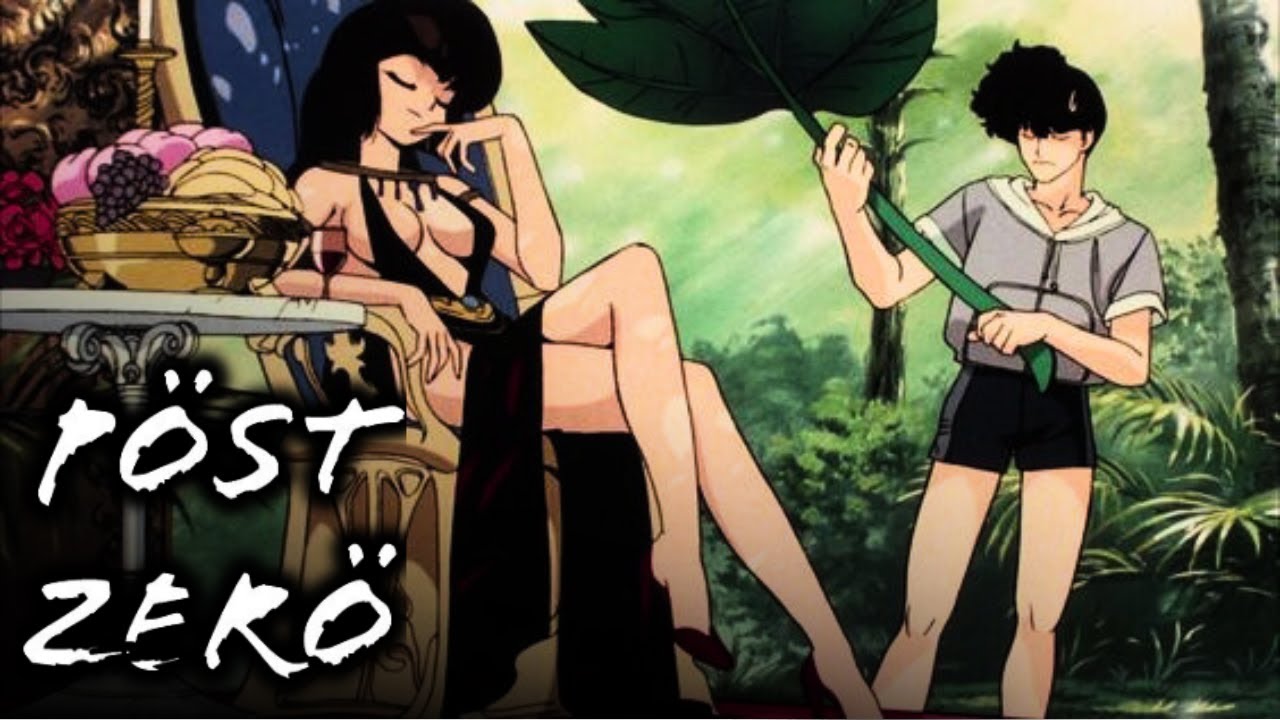Disney’s Gender Stereotypes
Summary
TLDRThis video script discusses the influence of Disney movies on children's perceptions of gender roles. Historically, Disney has portrayed men as strong and heroic, while women are depicted as beautiful but weak and in need of rescue. However, recent Disney films have begun to challenge these stereotypes, with characters like Mulan breaking the mold. The video emphasizes the importance of being mindful of the messages conveyed to younger generations, as they shape the future, and calls for a collective effort to promote more diverse and empowering representations.
Takeaways
- 🌟 Disney is a major influencer in the entertainment industry, shaping perceptions through its movies.
- 👶 The average child spends a significant amount of time watching movies, which can impact their understanding of social norms.
- 💪 Traditional Disney portrayals often depict men as strong, confident heroes who are always ready to save the day.
- 👸 Women in older Disney films are frequently shown as beautiful but weak, often needing rescue and lacking agency.
- 🎶 The script humorously points out the unrealistic body standards set by Disney characters, using music to emphasize the message.
- 🔍 There's a recognition that Disney is making efforts to break away from traditional stereotypes in recent films.
- 🌈 Characters like Mulan challenge gender norms, showing strength and independence that defy expectations.
- 🎥 The media, including Disney, has a responsibility to be mindful of the messages conveyed to younger audiences.
- 🌱 It's important for society to be cautious about the content it exposes to children, as it shapes the future.
- 💪 The power to change stereotypes and promote positive role models lies with both Disney and the audience.
Q & A
How many hours does the average kid spend watching movies per week according to the script?
-The script states that the average kid spends about 20 hours watching movies per week.
What is the potential impact of children watching movies on their perceptions of social norms?
-The script suggests that children might grow up thinking what they see on TV is the norm, which could influence their understanding of social behaviors and expectations.
How are men typically portrayed in Disney movies according to the script?
-Men are portrayed as big, strong, and confident, often in roles where they are saving the girl.
What is the stereotype of women in Disney movies as mentioned in the script?
-Women are depicted as beautiful, fragile, and weak-minded, often needing to be saved and having a close relationship with animals.
Does the script suggest that Disney is trying to break stereotypes in its newer movies?
-Yes, the script indicates that Disney is making an effort to break stereotypes, as evidenced by the mention of certain characters and movies.
Which Disney character is used as an example of breaking stereotypes in the script?
-Mulan is used as an example of a Disney character who breaks stereotypes by proving every single guy wrong and having a catchy song.
What message does the script convey about the influence of Disney on the younger generation?
-The script emphasizes the importance of being cautious about what is shown to the younger generation because they are the ones who will build the future, and Disney has the power to make a significant statement.
What responsibility does the script suggest starts with the audience regarding Disney's portrayal of characters?
-The script implies that the audience has a role to play in making changes happen, suggesting that it starts with us to influence Disney's portrayal of characters.
What is the overall conclusion of the script regarding Disney's movies and their impact on society?
-The script concludes that we need to be cautious of the content Disney produces because it shapes the perceptions of the younger generation, who are building the future.
How does the script use humor to discuss serious topics like stereotypes in Disney movies?
-The script uses humor through exaggeration and playful language to discuss the serious topic of stereotypes, making the conversation more engaging and relatable.
Outlines

This section is available to paid users only. Please upgrade to access this part.
Upgrade NowMindmap

This section is available to paid users only. Please upgrade to access this part.
Upgrade NowKeywords

This section is available to paid users only. Please upgrade to access this part.
Upgrade NowHighlights

This section is available to paid users only. Please upgrade to access this part.
Upgrade NowTranscripts

This section is available to paid users only. Please upgrade to access this part.
Upgrade NowBrowse More Related Video

Toy Commercials: Playing with Gender

Mengapa kita masih Bias gender? II Penjelasan melalui Kognisi sosial II Skema kognisi (Schema)

Sociology Series - [Week 11] - Sex, Gender, and Sexuality Definition (1)

HibahFIB_Gender dan Patriarki_Mina Elfira

POST ZERO | Open Hypergamy

Obama: Race has always been ‘the fault line’ in American politics
5.0 / 5 (0 votes)